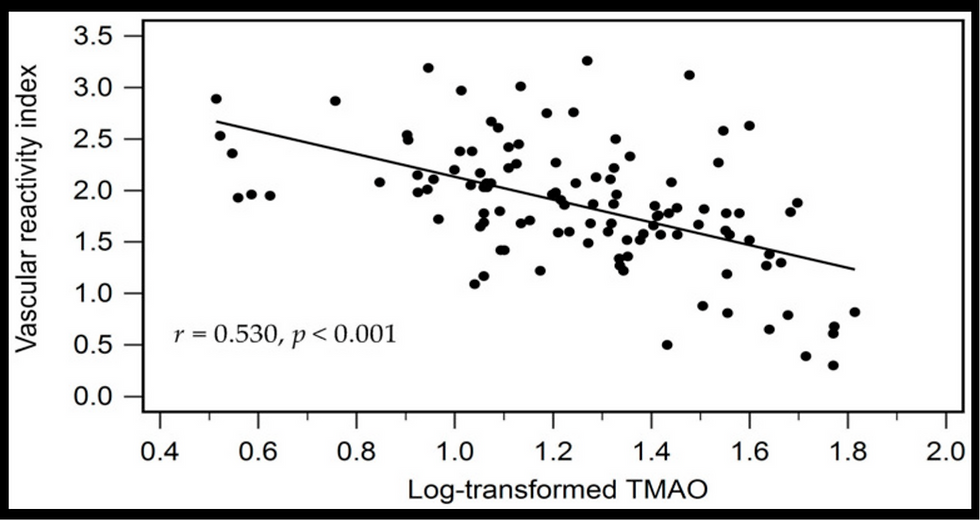Estrogen and the Vascular Endothelium: The Unanswered Questions
- heartlung
- May 22, 2023
- 1 min read
Endocrinology. 2023 May 19;bqad079.
Abstract Pre-menopausal women have a lower incidence of cardiovascular disease (CVD) compared to their age-matched male counterparts however this discrepancy is abolished following the transition to menopause or during low estrogen states. This, combined with a large amount of basic and preclinical data indicating that estrogen is vasculoprotective, supports the concept that hormone therapy could improve cardiovascular health. However, clinical outcomes in individuals undergoing estrogen treatment have been highly variable, challenging the current paradigm regarding the role of estrogen in the fight against heart disease. Increased risk for CVD correlates with long-term oral contraceptive use, hormone replacement therapy in older, post-menopausal cis-females, and gender affirmation treatment for trans-females. Vascular endothelial dysfunction serves as a nidus for the development of many cardiovascular diseases and is highly predictive of future CVD risk. Despite preclinical studies indicating that estrogen promotes a quiescent, functional endothelium, it still remains unclear why these observations do not translate to improved CVD outcomes. The goal of this review is to explore our current understanding of the effect of estrogen on the vasculature, with a focus on endothelial health. Following a discussion regarding the influence of estrogen on large and small artery function, critical knowledge gaps are identified. Finally, novel mechanisms and hypotheses are presented that may explain the lack of cardiovascular benefit in unique patient populations.
Keywords: endothelium; estrogen; estrogen therapy; hormone replacement therapy; human vasculature; sex- differences.
© The Author(s) 2023. Published by Oxford University Press on behalf of the Endocrine Society. All rights reserved.

Read Full-Text: https://academic.oup.com/endo/advance-article/doi/10.1210/endocr/bqad079/7173283?login=false
![Lipoprotein(a) levels predict endothelial dysfunction in maintenance hemodialysis patients: evidence from [VENDYS] vascular reactivity index assessment](https://static.wixstatic.com/media/dac531_5285607cc591409a9d83746f042af7c6~mv2.png/v1/fill/w_980,h_980,al_c,q_90,usm_0.66_1.00_0.01,enc_avif,quality_auto/dac531_5285607cc591409a9d83746f042af7c6~mv2.png)


Comments